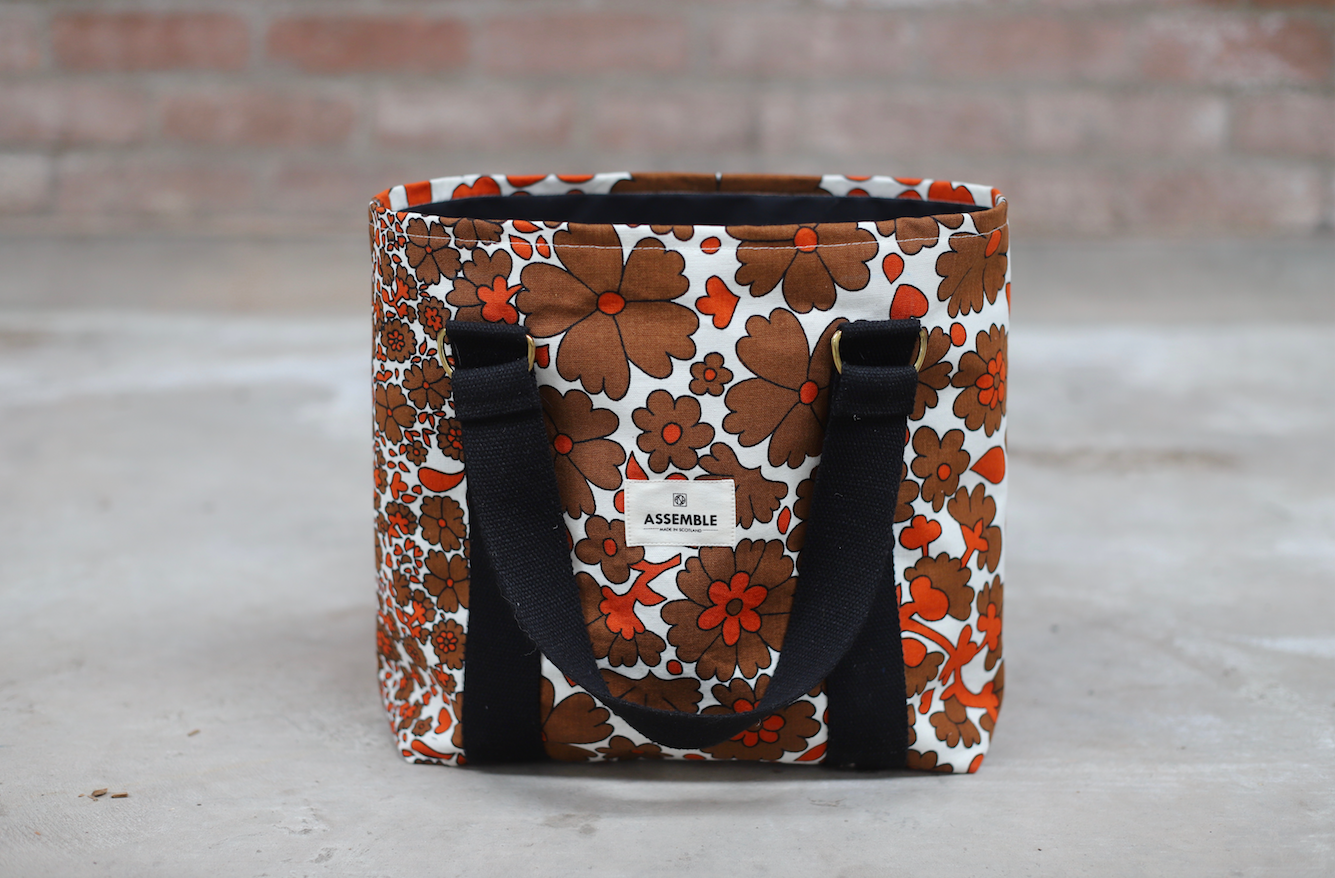
THE BENEFITS OF UTILISING TEXTILE SURPLUS GO BEYOND ENVIRONMENTAL CONSERVATION.
In today's fast-paced consumer culture, textiles have become one of the most wasteful industries, contributing significantly to environmental degradation and resource depletion. When textiles are wasted, it's not just the physical fabric that is discarded; it's also the precious resources, both natural and human, that were invested in their creation.
From the cultivation of raw materials like cotton and wool to the complex manufacturing processes, countless hours of labour and valuable resources go into producing textiles. Unfortunately, many of these textiles end up discarded prematurely, either due to changing fashion trends or the allure of inexpensive, disposable fashion. This wasteful behaviour squanders not only the efforts of skilled labourers but also depletes precious natural resources like water, energy, and land.
However, there is an alternative solution that holds immense potential for positive change: the utilisation of textile surplus. By embracing the concept of circularity, we can extend the lifecycle of textiles and prevent them from becoming waste prematurely. Textile surplus refers to the surplus production or unused fabric from previous manufacturing runs, deadstock, or discarded clothing and textiles that are still in good condition.
Prolonging the textile's lifecycle through repurposing, upcycling, or recycling is an essential step towards sustainability. By doing so, we can significantly reduce the need for unnecessary textile production, which is often characterised by environmentally taxing processes and unethical labour practices.
The benefits of utilising textile surplus go beyond environmental conservation. It also presents an opportunity to promote ethical and responsible consumption habits. Encouraging consumers to invest in quality, long-lasting textiles and supporting businesses that value circular practices can lead to a more conscious and mindful approach to the industry.
Embracing the use of textile surplus not only contributes to a greener and more sustainable planet but also fosters a shift towards a circular economy, where resources and labour are valued and utilised to their fullest potential. By reducing our reliance on natural resources and making the most of the labour and resources already embedded in textiles, we can collectively work towards a more equitable and sustainable future for generations to come. It is a small but significant step towards addressing the pressing issues of resource depletion and waste generation, and it empowers us to be mindful of our planet's resources.
Photo: Assemble Carneige Bag in a vintage surplus cotton fabric
To find out how we can turn your fabric into products, visit kalopsiacollective.com




Leave a comment
This site is protected by hCaptcha and the hCaptcha Privacy Policy and Terms of Service apply.